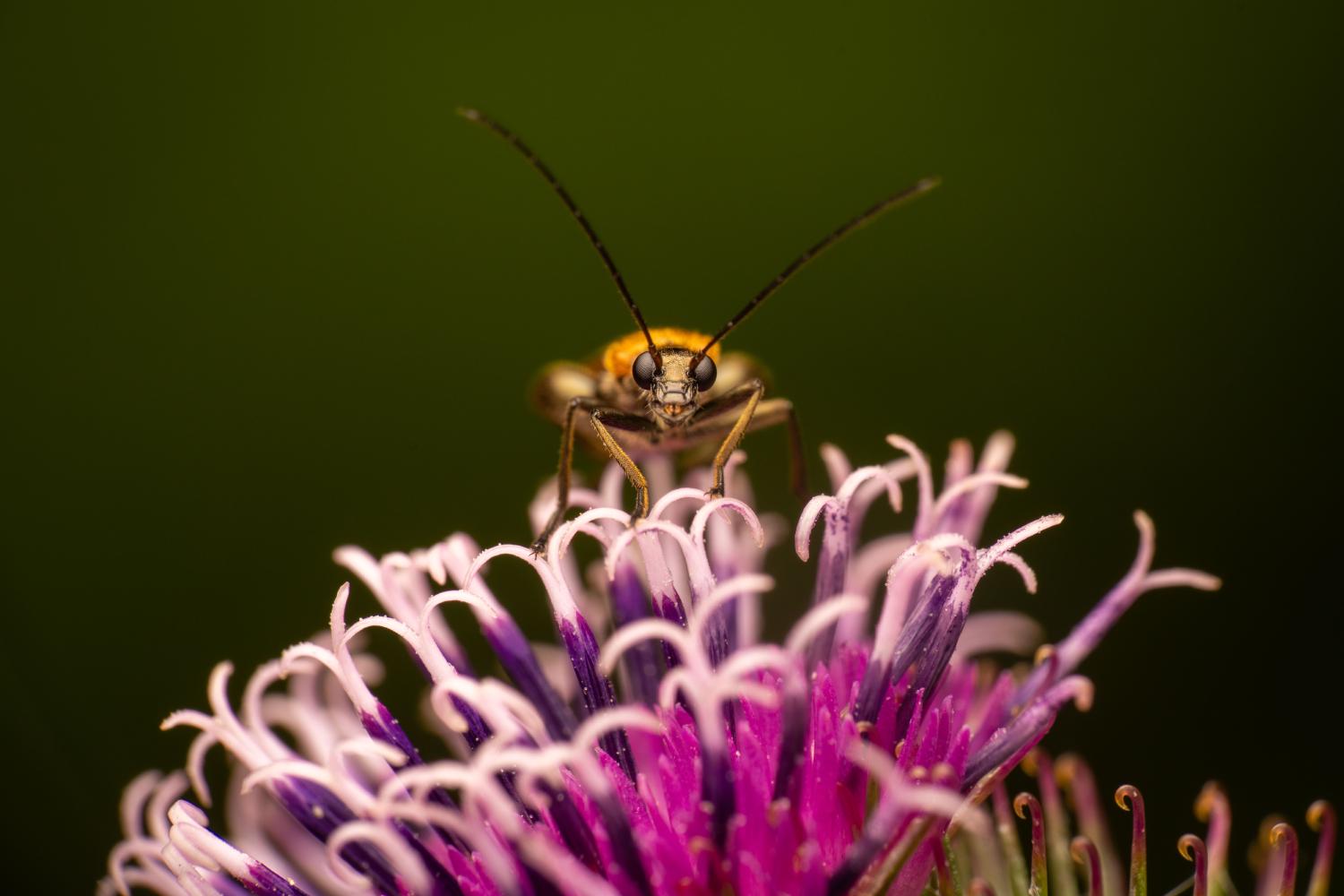Asian Weaver Ant
Lat. “Formica“
species
of family
“Ants“
1 species
Wood ants, or Formica species, are primarily found in wooded areas where they can construct mounds or anthills. While some species can tolerate shade, most require sunlight and are found in open woodlands or grasslands. Many Formica species have been negatively impacted by landscape changes such as fire suppression and agricultural conversion. These ants have diverse nesting habits, ranging from simple excavations to large thatch nests. They play important ecological roles by maintaining populations of aphids and preying on other insects. Formica ants are known for their polygynous and polydomous colonies, and they secrete formic acid for defense. The genus currently contains over 290 extant species.
Habitat
As the name wood ant implies, many Formica species live in wooded areas where no shortage of material exists with which they can thatch their mounds (often called anthills). One shade-tolerant species is F. lugubris. However, sunlight is important to most Formica species, and colonies rarely survive for any considerable period in deeply shaded, dense woodland. The majority of species, especially outside the F. rufa species group, are inhabitants of more open woodlands or treeless grassland or shrubland. In North America, at least, these habitats had a long history of frequent landscape-scale fires that kept them open before European settlement. Conversion to agriculture and fire suppression have reduced the abundance of most American Formica species, while the cessation of traditional haycutting seems to have had the same effect in Europe. However, at least a few Formica species may be found in a wide range of habitats from cities to seasides to grasslands to swamps to forests of the temperate Northern Hemisphere.In more suburban landscapes, they tend to nest near structures such as sidewalks, fences, or building foundations.
Nests
Mound-building, forest-dwelling Formica species groups such as F. rufa often have a considerable effect on their environments. They maintain large populations of aphids on the secretions of which they feed, and which the ants defend from other predators. They also prey on other insects. In fact, in many countries, they are introduced in forests to control tree pests, such as swains jack pine sawfly and eastern tent caterpillars in North America. The effects of mound-building grassland species such as F. montana are not well-studied, but their local abundance, conspicuous mound-building, and very frequent association with aphids and membracids point to a comparably important ecological role.Formica nests are of many different types from simple shaft-and-chamber excavations in soil with a small crater or turret of soil above to large mounds, under stones or logs, or in stumps. None is arboreal. The genus is abundant in both the Nearctic and Palearctic regions. Due to their relatively large size and diurnal activity, they are among the more commonly seen ants in northern North America. Some species, including F. rufa, which is common in Southern England, make large, visible thatch nests of dry plant stems, leaves, or conifer needles, usually based around a rotting stump. Most Formica species are polygynous (have multiple queens per colony), and some are polydomous (have multiple nests belonging to the same colony). Queens may be singly or multiply mated, and may or may not be related. Formica polyctena has polygynous colonies.Wood ants typically secrete formic acid; F. rufa can squirt the acid from its acidopore several feet if alarmed, a habit which may have given rise to the archaic term for ant, “pismire”, and by analogy its American equivalent “piss-ant”. They can be relatively large; F. rufa workers can reach a maximum length around 10 mm. The eastern US species F. dolosa and the western F. ravida (syn. F. haemorrhoidalis) may be slightly longer.
Social characteristics
Ants are eusocial organisms – the individuals of the species work together to survive, produce the next generation, and accomplish tasks which cannot be accomplished alone. Unlike other ants, the genus Formica does not have separate castes, which are based on an individual’s specialization and morphology. For example, F. selysi, a species native to floodplains, has developed a method to deal with flooding. Individual ants come together to form a living raft to survive the flood. Individual ants tend to take the position in the raft which they held in the past. This return to the same role in the raft is an example of specialization.
Species
As of 2018, Formica contains at least 290 extant species and 59 extinct species.Species include:
Further reading
Klotz, J. H. (2008). “Formicinae”. Urban ants of North America and Europe: identification, biology, and management. Cornell University Press. ISBN 978-0-8014-7473-6.
External links
Media related to Formica at Wikimedia Commons
Ancestry Graph
Further Information
Copyright

This article uses material from the Wikipedia article Formica the free encyclopedia Wikipedia which is released under Creative Commons Attribution-ShareAlike 4.0 International License). On Wikipedia a list of authors is available.
